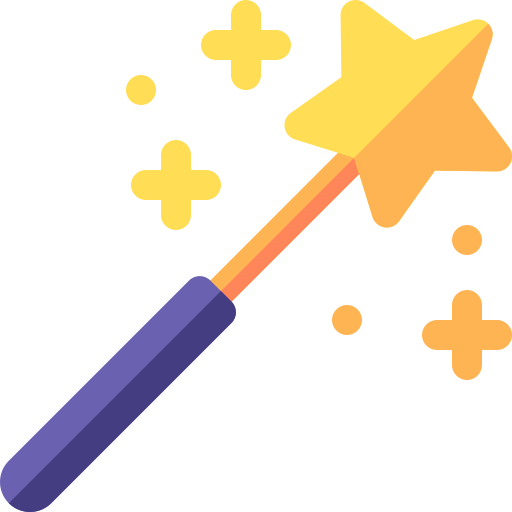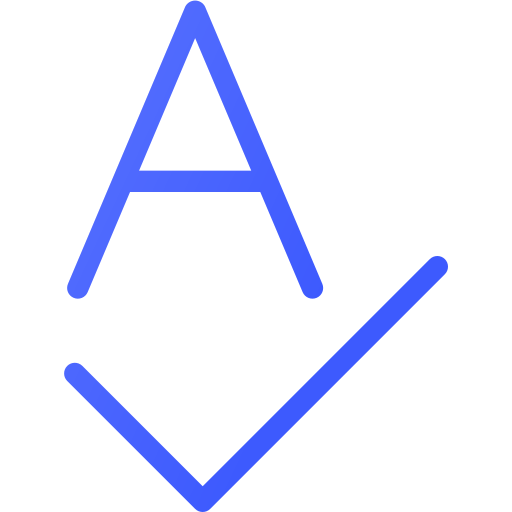
The world of creative thinking and problem solving prompts serve as invaluable tools for guiding thought processes and stimulating innovative ideas. But not all prompts are created equal. Some are broad and open-ended, while others are specific and detailed. Understanding the hierarchy of prompts can help you leverage these tools more effectively, whether you’re working on a design project, writing a story, or developing a business strategy. Let’s explore the different levels of prompts and how they can be used to structure your creative journey.
What is the Hierarchy of Prompts?

The hierarchy of prompts refers to the organization of prompts based on their specificity and complexity. At the top of the hierarchy are broad, open-ended prompts that encourage free exploration and divergent thinking. As you move down the hierarchy, prompts become more focused and directive, guiding your thoughts toward specific outcomes or solutions. Understanding this hierarchy allows you to select and use prompts that best fit the stage of your creative process.
The Levels of the Hierarchy of Prompts:
Open-Ended Prompts
At the top of the hierarchy of prompts are open-ended prompts. These prompts are broad and often abstract, designed to encourage free thinking and exploration without constraints. For example, a prompt like “Imagine a world where technology doesn’t exist” allows for a wide range of interpretations and ideas.
Benefits of Open-Ended Prompts
- Encourage Divergent Thinking: Open-ended prompts are excellent for brainstorming and generating a large number of ideas.
- Promote Creativity: By not limiting the direction of thought, these prompts can lead to unexpected and innovative solutions.
Exploratory Prompts
A step down in the hierarchy of prompts are exploratory prompts. These prompts are still broad but provide a bit more structure to guide your thinking. An example might be, “Explore how communication would change in a world without technology.” While still open, this prompt narrows the focus slightly, helping you to start organizing your thoughts.
Benefits of Exploratory Prompts
- Provide Direction: These prompts give you a general path to follow, helping to organize your thoughts without stifling creativity.
- Facilitate Concept Development: Exploratory prompts are ideal for developing concepts and beginning to shape your ideas.
Directive Prompts
Further down the hierarchy of prompts are directive prompts. These prompts are more specific and aim to direct your thinking towards a particular solution or outcome. For instance, “Design a communication device for a world without technology” is a directive prompt that requires a specific response.
Benefits of Directive Prompts
- Focus on Problem-Solving: Directive prompts are excellent for when you’re ready to move from ideation to solution development.
- Increase Efficiency: By narrowing the focus, these prompts can help you quickly zero in on viable ideas and strategies.
Instructional Prompts
At the base of the hierarchy of prompts are instructional prompts. These prompts are highly specific and often include step-by-step instructions or guidelines. An example could be, “Create a blueprint for a non-digital communication device using only natural materials.” This prompt leaves little room for deviation and is aimed at producing a precise outcome.
Benefits of Instructional Prompts
- Ensure Accuracy: Instructional prompts are perfect for tasks that require precision and adherence to specific guidelines.
- Streamline Execution: These prompts are useful when you need to execute a task efficiently and with minimal ambiguity.
Apply the Hierarchy of Prompts in Your Creative Process:

Understand the hierarchy of prompts can significantly enhance your creative workflow. Here’s how you can apply it effectively:
Start Broad, Then Narrow
Begin your creative process with open-ended prompts to explore a wide range of possibilities. As your ideas start to take shape, move down the hierarchy to more directive and instructional prompts to refine and implement your ideas.
Use the Right Prompt for the Right Task
Different stages of a project may require different types of prompts. For brainstorming, open-ended and exploratory prompts work best. As you move into the development and execution phases, directive and instructional prompts become more useful.
Combine Multiple Levels
Don’t feel confined to using just one level of prompt at a time. Combining prompts from different levels of the hierarchy can lead to richer and more nuanced outcomes. For example, start with an exploratory prompt to generate ideas, then use a directive prompt to focus on a specific solution.
The Role of AI in the Hierarchy of Prompts:

With advancements in artificial intelligence, AI-powered tools can now generate prompts across all levels of the hierarchy. These tools can adapt to your needs, offering broad prompts for brainstorming or detailed instructions for task execution. AI’s ability to analyze your progress and adjust prompts accordingly can help streamline your creative process, making it more efficient and tailored to your unique style.
Challenges and Considerations
While the hierarchy of prompts is a powerful tool, it’s important to recognize its limitations. Over-reliance on prompts, especially at the lower levels of the hierarchy, can stifle creativity by limiting exploration. Additionally, not all prompts will resonate with every individual; it’s crucial to choose or adjust prompts based on what inspires you most.
The hierarchy of prompts offers a structured approach to creative thinking, guiding you from broad exploration to precise execution. By understanding and applying this hierarchy, you can enhance your creativity, improve problem-solving, and achieve more effective results in your projects. Whether you’re a designer, writer, or strategist, mastering the use of prompts at all levels will empower you to navigate the creative process with confidence and clarity.
FAQs About The Hierarchy of Prompts:
What is the hierarchy of prompts?
The hierarchy of prompts is a system that organizes prompts based on their specificity and complexity, ranging from broad, open-ended prompts to detailed, instructional prompts.
How can the hierarchy of prompts enhance creativity?
By using the hierarchy of prompts, you can structure your creative process, starting with broad exploration and gradually narrowing your focus, leading to more effective and innovative outcomes.
Can AI tools generate prompts across the hierarchy?
Yes, AI tools can generate prompts at various levels of the hierarchy, from broad brainstorming prompts to detailed instructions, making them versatile aids in the creative process.
Is it possible to combine different levels of prompts?
Absolutely! Combining prompts from different levels of the hierarchy can lead to richer and more comprehensive creative outcomes.
How do I choose the right prompt for my project?
Consider the stage of your project and what you need at that moment—broad exploration, focused problem-solving, or precise execution—and select a prompt that aligns with those needs.







